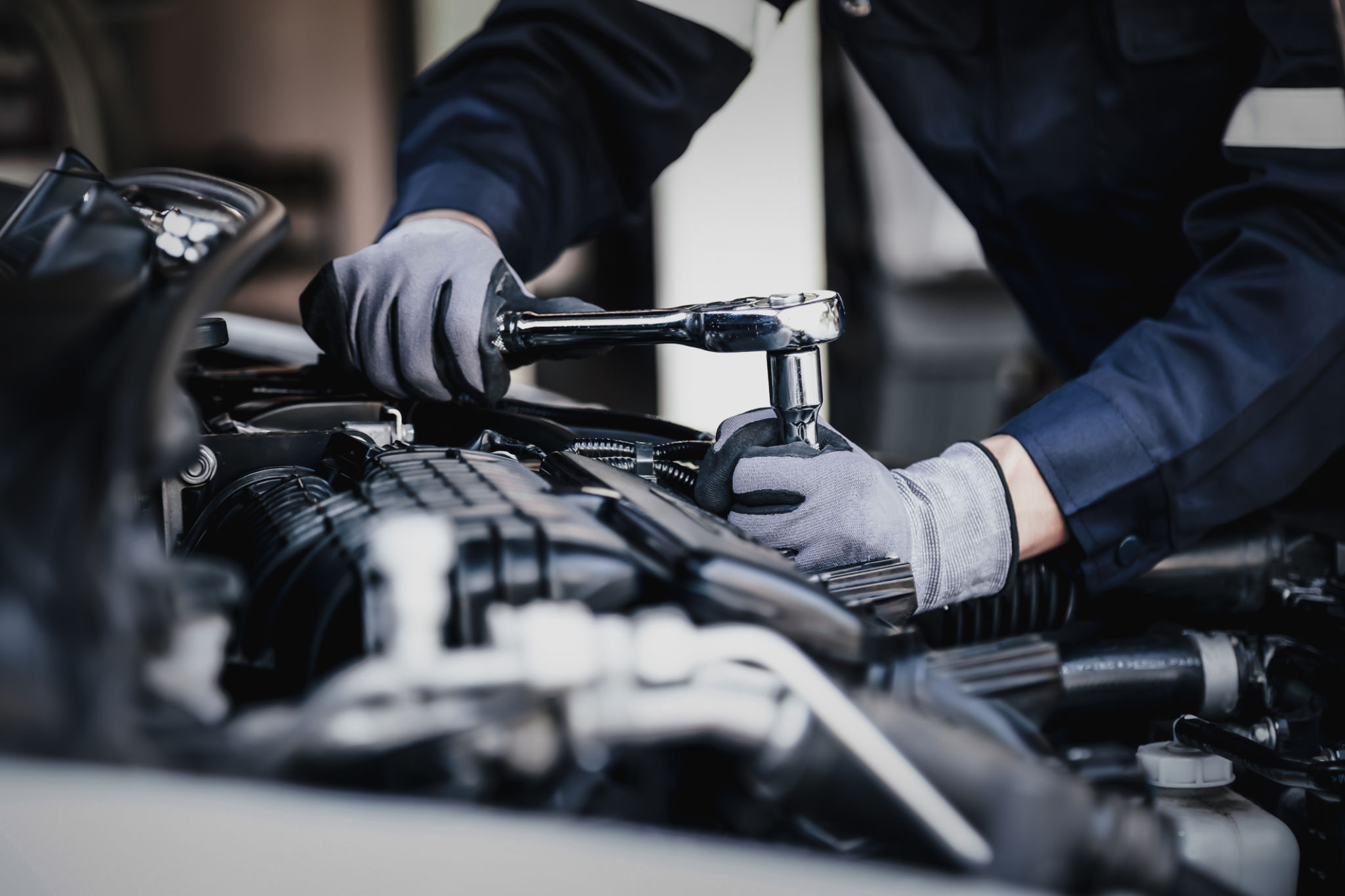Myths vs. Facts: ADAS Calibration for West Yorkshire Vehicles
Understanding ADAS Calibration
The world of automotive technology is rapidly evolving, and Advanced Driver Assistance Systems (ADAS) are at the forefront of these advancements. These systems enhance vehicle safety by providing drivers with crucial information and, in some cases, taking control of the vehicle to prevent accidents. However, one aspect of ADAS that often leads to confusion is calibration. In West Yorkshire, as elsewhere, understanding the myths and facts about ADAS calibration is essential for vehicle owners and technicians alike.

Myth: ADAS Calibration is Only Necessary After Major Repairs
One common myth is that ADAS calibration is only required after significant repairs or accidents. The reality is that even minor changes can affect the accuracy of these systems. For example, something as simple as replacing a windshield or changing a tire size can necessitate recalibration. Ensuring your ADAS is properly calibrated is crucial for the system to function correctly and maintain its safety benefits.
Fact: Regular Calibration Ensures Optimal Performance
Regular calibration of ADAS is not just recommended; it's essential for optimal performance. These systems rely on precise sensors and cameras to function accurately. Factors such as road conditions, weather, and even regular wear and tear can impact sensor alignment. By regularly calibrating these systems, you ensure they continue to operate with precision, providing you with the intended safety enhancements.

Myth: Calibration Can Be Done by Any Mechanic
Another misconception is that any mechanic can perform ADAS calibration. In truth, calibrating these advanced systems requires specialized knowledge and equipment. Not all repair shops have the necessary tools or training to handle ADAS calibration properly. It is vital to seek out certified professionals who are well-versed in the intricacies of these systems to avoid incorrect calibrations that could compromise safety.
Fact: Calibration is Crucial After Sensor Replacement
If any component of the ADAS system, such as a sensor or camera, needs replacement, recalibrating the entire system becomes imperative. Failure to do so can result in inaccurate readings and potentially dangerous situations, as the system may not respond correctly to road conditions or obstacles. Proper calibration ensures that all components are working harmoniously, preserving the integrity of the system.

Myth: Calibration is a One-Time Process
Many believe that once an ADAS system is calibrated, it remains accurate indefinitely. This is a misconception. As vehicles age and undergo regular maintenance or repairs, recalibration should be a recurring process. Regular inspections and adjustments help maintain the accuracy and reliability of these critical safety systems.
Fact: Advanced Technology Requires Specialized Attention
ADAS systems are sophisticated technologies that require specialized attention. They incorporate complex algorithms and high-tech components designed to support drivers in making safe driving decisions. As such, their calibration involves more than just aligning sensors; it requires a comprehensive understanding of how these systems interact with various vehicle aspects and road environments.

The Importance of Staying Informed
As ADAS technology continues to evolve, staying informed about its requirements and maintenance is crucial for vehicle owners in West Yorkshire and beyond. Understanding the myths versus facts surrounding ADAS calibration helps ensure that these systems remain effective and reliable, ultimately contributing to safer roads for everyone.
In conclusion, whether you're a driver or a technician, appreciating the nuances of ADAS calibration will empower you to make informed decisions, ensuring both your safety and that of others on the road.
